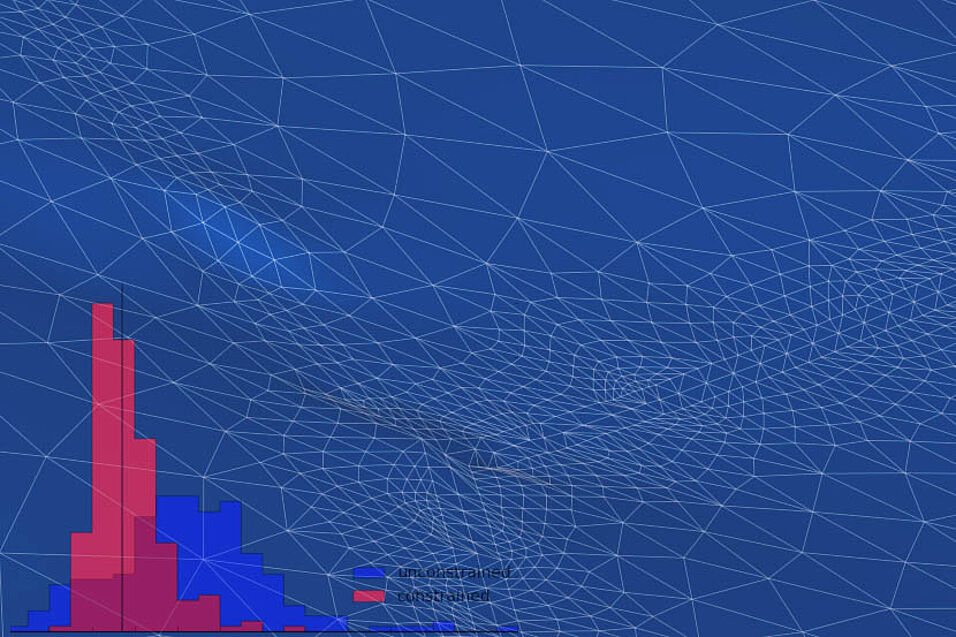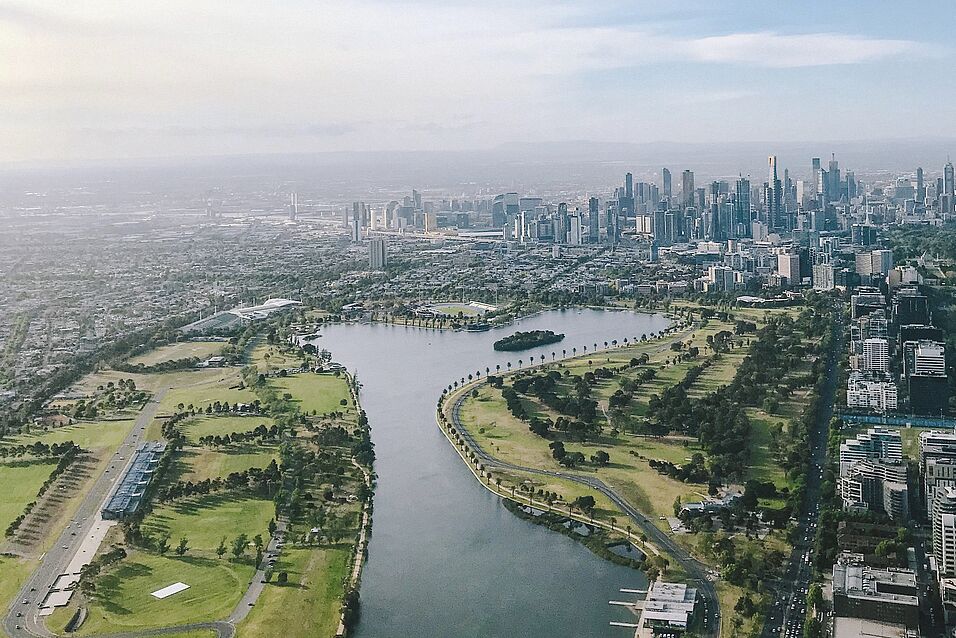The relationship between river and aquifer will be investigated using both quantitative and qualitative methods. Tracer compounds, along with other measurements such as water temperature and electrical conductivity, will serve as indicators for water infiltration into the aquifer. These indicators will be integrated into an optimizer (such as PEST or PEST++) that will be linked with a numerical groundwater model. This combination of tools will enable the stochastic determination of the spatial distribution and flow rate of water infiltration. Additionally, this approach will provide estimates for the uncertainty associated with both the outcomes of water infiltration and the parameters of the groundwater numerical model.
The novelty of the research will lie in utilizing multiple indicators simultaneously through a unified process. To achieve simplicity, fast-running models will be employed, avoiding the complexities of models such as advection-dispersion models, which require lengthy setup and run times, along with the estimation of several additional parameters.


